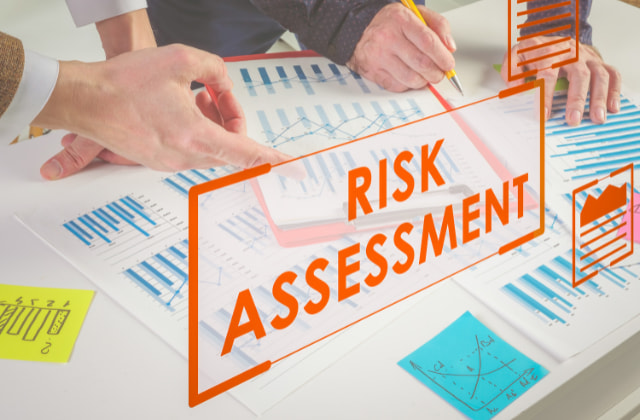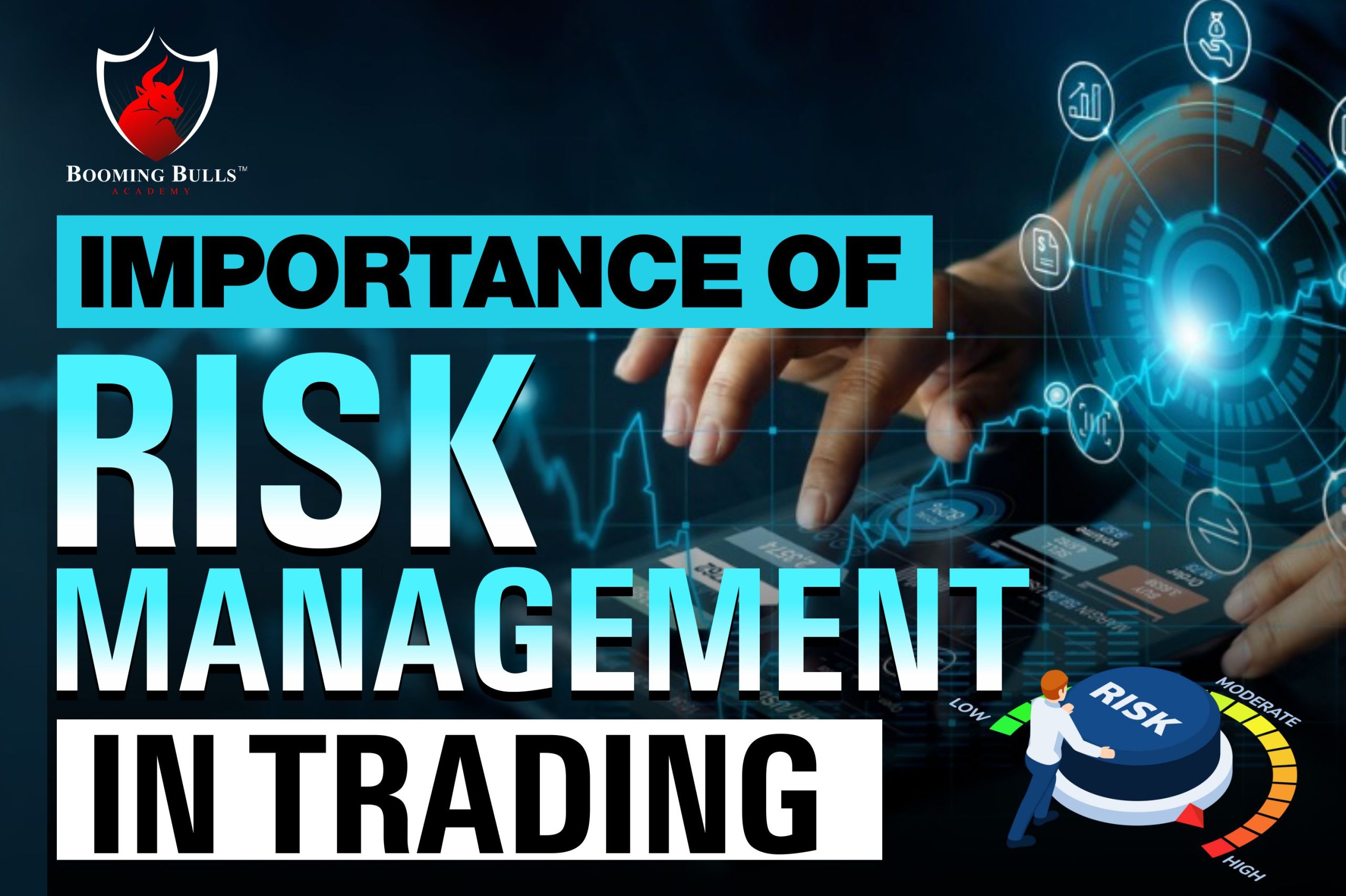Navigating the Complexities: Understanding the Importance of Risk Management
Navigating the Complexities: Understanding the Importance of Risk Management
Blog Article
Exploring the Relevance of Risk Management for Effective Decision-Making Techniques
In the detailed world of company, Risk Management emerges as an essential variable in the decision-making process. The capability to determine possible risks and chances, and plan as necessary, can lead to the difference between success and failure.
Comprehending the Idea of Risk Management
Risk Management, a vital component in decision-making, is commonly misunderstood or oversimplified. Risk Management includes self-displined and structured techniques, making use of data and informative assessments. From monetary unpredictabilities, legal obligations, critical Management errors, to crashes and natural catastrophes, it resolves different dangers - importance of risk management.
The Role of Risk Management in Decision-Making Processes
In the realm of calculated planning and company procedures, Risk Management plays an essential duty in decision-making processes. It aids in determining potential hazards and unpredictabilities that might affect the accomplishment of business purposes. By mapping these threats, companies can create techniques to mitigate their effect, ensuring business connection and stability. Risk Management thus becomes an important tool in decision-making, aiding leaders to make educated options based on a thorough understanding of the threats involved. It urges an aggressive approach, making it possible for companies to prepare for and prepare for feasible future circumstances. This dramatically reduces the possibility of unfavorable effects, advertising more efficient and reliable decision-making methods. Therefore, Risk Management offers as a crucial component in the decision-making processes of any type of company.

How Risk Management Enhances Strategic Planning
In the context of strategic planning, Risk Management plays a crucial role. Initiating with the identification of potential risks, it further includes the application of Risk mitigation steps. The function of Risk Management is vibrant however not fixed, as it demands consistent monitoring and adjusting of techniques.
Recognizing Possible Dangers

Executing Risk Mitigation
Having developed the significance of determining possible threats, the next action is to explore Risk mitigation. This procedure entails creating and applying approaches to take care of recognized threats successfully. It is an essential aspect of strategic preparation as it boosts decision-making by lessening prospective negative outcomes. Risk mitigation techniques can vary from Risk avoidance, Risk transfer, to take the chance of decrease. Each method ought to be tailored to the details Risk, considering its prospective impact and the organization's Risk tolerance. Additionally, effective Risk reduction calls for a deep understanding of the Risk landscape and the potential influence of each Risk. This understanding allows companies to prioritize risks and assign resources effectively, guaranteeing that one of the most substantial threats are dealt with first.
Tracking and Changing Approaches
Though Risk reduction is a critical action in critical preparation, constant tracking and adjustment of these techniques is similarly essential. It also provides an opportunity to evaluate the success of the Risk Management steps, allowing adjustments to be made where essential, more improving tactical planning. Surveillance and adjusting Risk Management techniques is a vital component for improving an organization's strength and strategic planning.
Case Studies: Successful Risk Management and Decision-Making
In the world of service and finance, effective read this Risk Management and decision-making frequently offer as the pillars of flourishing business. These instances highlight the worth of astute Risk Management in decision-making processes. These cases highlight the critical function of Risk Management in tactical decision-making.
Devices and Techniques for Efficient Risk Management
Navigating the detailed maze of Risk Management calls for the best set of strategies and devices. These tools, such as Risk registers and heat maps, aid in recognizing and evaluating possible dangers. Techniques include both quantitative methods, like level of sensitivity evaluation, and qualitative methods, such as SWOT analysis. These aid in focusing on risks based upon their possible influence and likelihood. Risk reaction strategies, a vital element of Risk Management, include accepting, preventing, transferring, or mitigating threats. Monitoring and managing threats, with regular audits and evaluations, make sure that the methods remain reliable. With these tools and methods, decision-makers can navigate the complex landscape of Risk Management, therefore assisting in informed and reliable decision-making.
Future Patterns in Risk Management and Decision-Making Methods
As we check out the large landscape read review of Risk Management, it comes to be obvious that the methods and tools made use of today will proceed to develop. Future fads aim in the direction of an increased dependence on innovation, with fabricated knowledge and artificial intelligence playing considerable duties. These technologies will certainly make it possible for organizations to forecast possible risks with better accuracy and make more educated choices. Additionally, there will certainly be a growing focus on durability, not just in handling dangers however additionally in recovering from negative circumstances. The principle of Risk society, where every member of an organization is conscious and included in Risk Management, will certainly acquire much more importance. These fads herald an even more proactive and inclusive technique towards Risk Management and decision-making.
Conclusion

Risk Management therefore comes to be an important device in decision-making, helping leaders to make enlightened choices based on a thorough understanding of the risks involved. Risk reduction techniques can range from Risk avoidance, Risk transfer, to take the chance of decrease (importance of risk management). Reliable Risk mitigation requires a deep understanding of the Risk landscape and the potential effect of each Risk. Risk action techniques, a key part of Risk Management, entail approving, preventing, transferring, or mitigating dangers. The concept of Risk society, where every participant of a company is aware and entailed in Risk site web Management, will certainly obtain much more prominence
Report this page